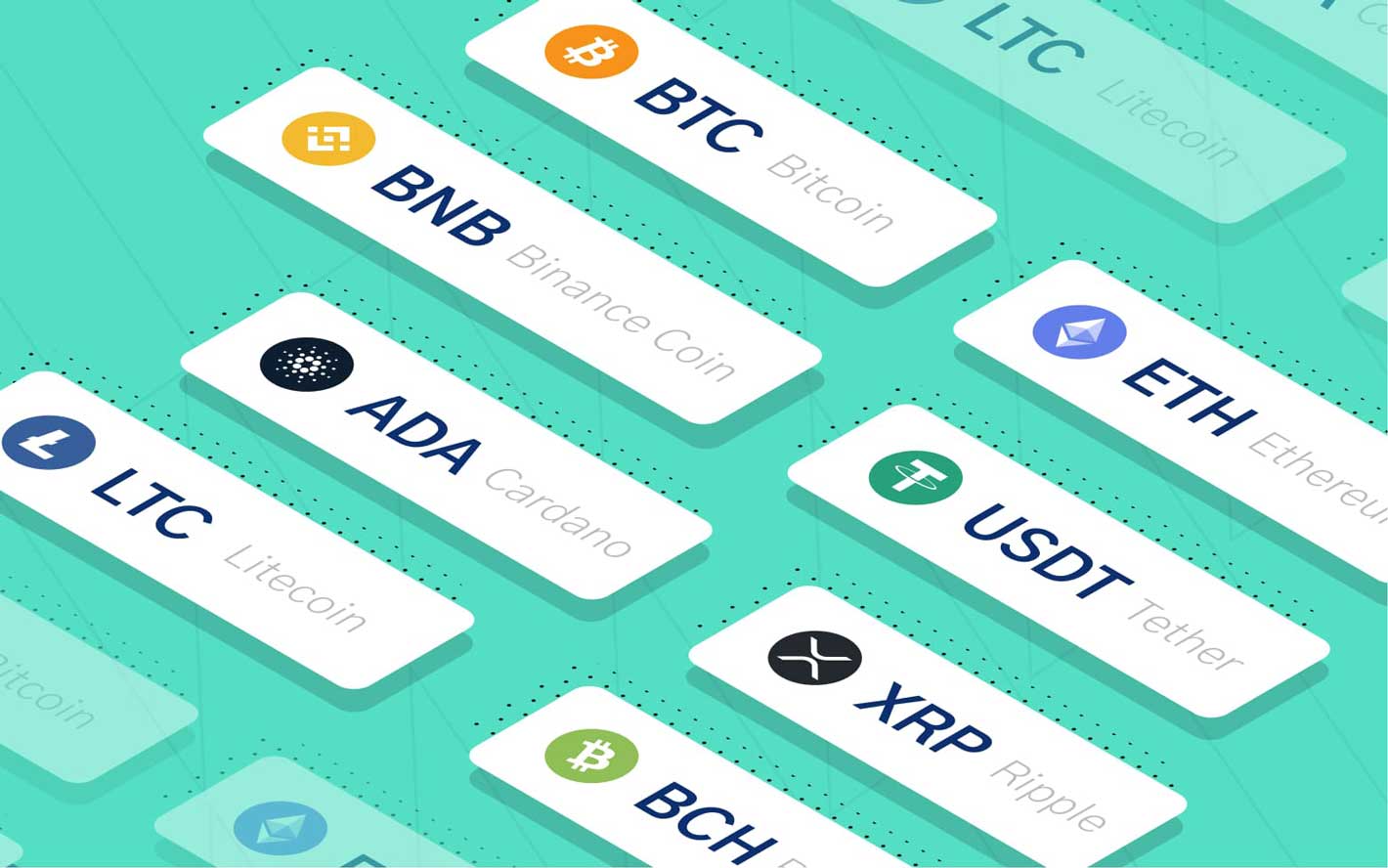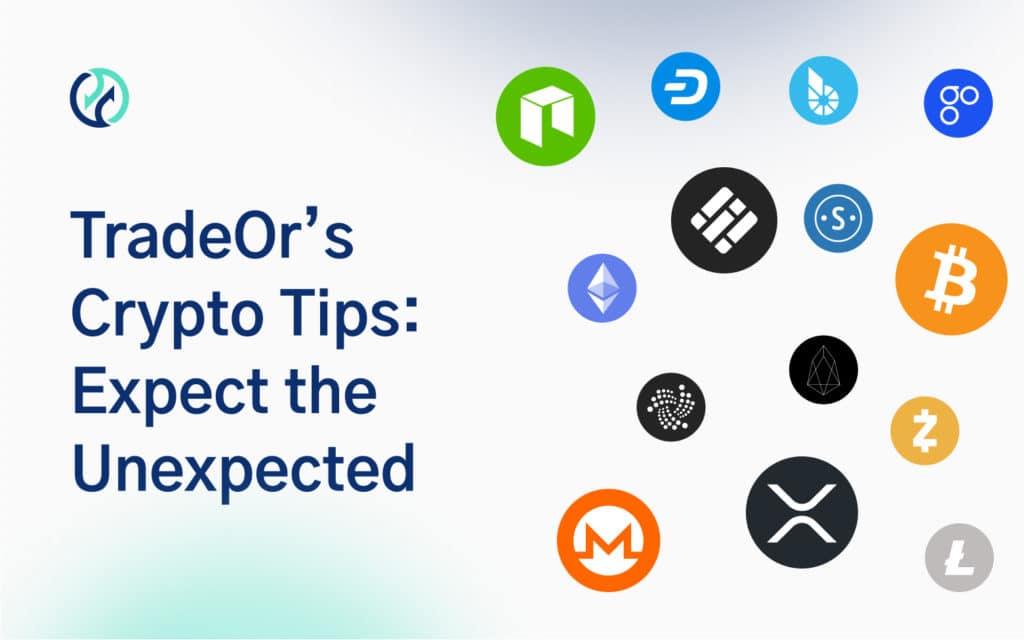The Geek’s Glossary: A Guide to Crypto Terminology
Learn the basic terminology for crypto technology. From blockchain, to HODL here's an entire list of terms beginners need to know.

Raise your hand if you feel overwhelmed by the crypto world at times. The digital coin sphere is an exciting place to be in, but the terms don’t always seem to make sense to a newbie. For instance, why should a bull and a whale be relevant for your investments?
Sometimes joining this universe can be a bit tricky. The lingo and terminology can at times feel like hurdles to someone who is trying to understand the basics.
With that in mind, our team has developed a quick guide to some of the most used crypto terms. Think of it as your cheat sheet to all things crypto.
1 – Satoshi Nakamoto
Considered the “Father of Bitcoin”, Satoshi Nakamoto is a fake name used in 2009 by a person or group to publish the White Paper “Bitcoin: A Peer-to-Peer Electronic Cash System”. The 9-page document laid down the groundwork for Bitcoin and illustrates the Blockchain system, its utility, and applications.
In summary, the crypto world as we know it owes its origins to Satoshi, whoever it is behind the enigmatic alias.
2 – Blockchain
There are a lot of different ways to illustrate what the blockchain is and how it works. In layman’s terms, imagine the following scenario:
Whenever you make a financial transaction online, a bank needs to validate that the amount that you just used now needs to be allocated elsewhere. This process is centralized in banks, financial operators, and other similar entities and companies.
But what if we wanted to remove this banking institution together with its fees and speed up the process? Instead of doing this validation with one entity, the blockchain distributes a ledger of all operations across multiple individuals within the network. Whenever any transaction takes place, it is validated at the same time across the many copies of this ledger. By validating the transaction in multiple versions, the likelihood of fraud, double-spending, or trust issues is eliminated.
The blockchain has many subtleties and details, but in a nutshell, it is an anonymized ledger that validates transactions, instead of relying on a central entity.
3 – Coin vs. Token
Being able to distinguish a coin from a token is a skill that even some well-seasoned traders may still need to master. In the crypto sphere, a coin is a crypto asset that functions within its own blockchain. A coin also has only one use: payments. As the name implies, Bitcoin is an example of a crypto coin. On the other hand, a token is an asset that functions within a third-party-owned blockchain. A token is more versatile than a coin since it can be used in many areas – from games to online security and more. Ethereum is a blockchain that allows many different tokens to run, while simultaneously having its proprietary coin, ETH (or Ether)
4 – Fork
No, we are not talking about cutlery. So what is a fork within the crypto context? Imagine that you are walking down a road with a group of friends. Unaware of the best route to your destination, you stop at a road crossing. Some people want to turn left, while others prefer moving right. Which way would you choose?
In crypto, a fork is a divisive moment for a blockchain. Whenever the technology used evolves to a point where it demands a radical change of its features, we say that it has encountered a hard fork. When these events take place, one side evolves as the blockchain changes its original nature, while others decide to keep things as they are taking the other road. BCH and BSV are both examples of currencies that were created after Bitcoin encountered a fork.
5 – Bullish / Bearish
Even though some crypto enthusiasts brag that traditional markets don’t influence ours, some terms we use are a strong rebuttal of this argument.
Case in point, bulls, and bears are terms that have been used for centuries before Bitcoin was even a theoretical concept. In both cases, the animals are used as a representation of the market status at any given moment. As bulls attack upwards and bears go downward, it is understood that a bullish market is increasing in value while a bearish one is losing its steam.
6 – Altcoin
Bitcoin may be the most famous digital coin but it is certainly not the only one. An altcoin is the umbrella term that is used to refer to all the digital coins that are not Bitcoin. The most known altcoin is Ethereum which is the second-largest coin by market cap after Bitcoin. However, there are many altcoins (it is estimated that there are more than 5,000) with some being well known and some being almost obscure.
7 – Long / Short
Similar to our bulls and bears, the expressions “Go Long”, “Go Short”, and all their possible iterations have been inherited from traditional markets. Whenever traders say they are going long in a position, it means that they believe the currency will increase in value in the long run. On the other hand, going short means that the good wind has ceased and, at least for this simulated trader, it is time to cut losses, and sell the goods before the damage is even bigger.
8 – ATH
The last days of 2020 were probably the ones where the acronym “ATH” was typed a lot when it comes to Bitcoin. The term means “all-time high”, and refers to the moment where a specific token or coin has reached its priciest value ever. Bitcoin’s ATH is $41,973, reached on January 8th, 2021.

9 – HODL
Another term usually dropped in Bitcoin-related discussions. Its first occurrence happened when an inebriated user excitedly stated in a Bitcoin forum that he wouldn’t sell his BTC anytime soon. His misspell of the word “Hold” has evolved into a crypto meme, and has now been turned into the backronym “Hold On to Dear Life”, no matter how bad the markets are at the moment.
10 – Mining
In a nutshell, mining is the process through which a new Bitcoin is created. It is a very complex mathematical process that is conducted by very sophisticated computers which ultimately results in the creation of a new coin.
11 – Fiat Currency
First off, this is completely unrelated to the well-known automobile manufacturer. A fiat currency is a term that is used to describe any government-issued and regulated money. Therefore, all the traditional currencies that have been used as the primary basis for transactions and purchases are considered fiat currencies. Are you searching for the right place to trade all major fiat currencies? You have come to the right place TradeOr allows traders to trade with the tightest spreads available in the market
12 – FOMO
A word from the psychology semantical realm, Fear of Missing Out is a modern phenomenon when the sheer amount of information makes us uneasy to disconnect and let great things pass by. In crypto as well as in finance, FOMO refers to traders that quickly decide to jump on any slight change in the markets, which can reap disastrous consequences in the long run. Don’t experience FOMO, invest the smart way, invest with TradeOr.
13 – Moon / Mooning
“We choose to go to the Moon in this decade and do the other things, not because they are easy, but because they are hard.”
One of humanity’s biggest achievements, the Moon is still an almost unattainable goal. That is why, when talking finance, whenever an asset suddenly spikes in value with no clear sign that this good wave will ever end, we say that it is “mooning” or “aiming for the moon”. The recent bull runs in both BTC by the end of 2020 and ETH in the first days of 2021 are good examples of recent “moon moments” in crypto.
14 – Wallet
This is a simple one. Just like your wallet is the place where you store your physical banknotes and coins, your virtual wallet is the place where you store all your digital coins. It is typically an app or program from which users can affect transactions and trades.
15 – Whale
In the crypto world, a whale is a person or a group of persons that hold such large amounts of Bitcoins that they can influence the market through their actions. Just like the movements of a whale can create a ripple effect across the ocean, the movements of these big players can make waves across the crypto ecosystem.
Arming yourself with the knowledge is the first step to get started on your crypto adventure. That’s why we have created a safe (but thoroughly fun) environment within which you can learn about all things crypto. Our trading simulator has been designed to give you all the skills to go from newbie to pro in no time. Sign up today and get started now!